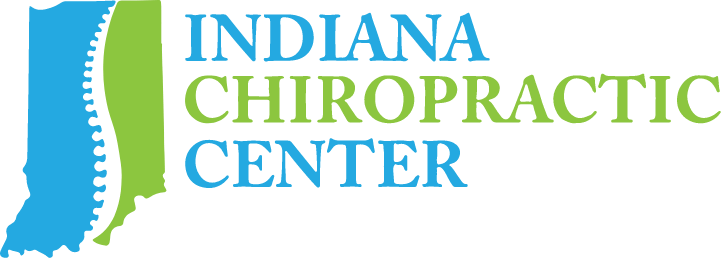When building up recommendations for patients, one of the keys is usually a timeline of healing. Most people want healing to happen immediately – to feel great and have little to no chance of re-injury as soon as they get off the adjusting table. The unfortunate reality is that this incredibly rare. Therefore, in building up corrective care recommendations, it’s important to find the sweet spot to allow the individual the proper chance to heal, while still avoiding unnecessarily long treatment plans. From what I’ve seen, these are the main factors in how quickly someone will resolve an injury through chiropractic care:
- Age – This one is pretty straightforward. Younger people heal quicker than older people.
- What is injured – Muscle heals quicker than ligaments. Discs and ligaments heal quicker than bone. During the initial evaluation, it’s important to get a clear picture of what’s actually injured, in order to get an accurate timeline of the healing process.
- General Health – if someone is coming in for low back pain, carrying extra body weight can continue to strain the area. Someone who smokes takes longer to heal than a non-smoker. Underlying health conditions can slow down someone’s healing response.

Different factors lead to different healing timelines among patients.
- How severe is the injury – taking a really simple example of a sprained ankle: it could be a very minor sprain that heals in 24 hours. It could be a major sprain that requires extensive rehabilitation and support. Similarly, if there’s an injury to the spine, we need to determine how severe of an injury we’re working with.
- How long you’ve had the problem – this isn’t to be confused with how long you’ve been in pain. Someone could have underlying back issues for several months before they start to feel pain. Someone could be looking at their phones for years before poor posture and alignment causes neck pain. The longer there has been an issue, the longer it will take to reverse those changes.
- Willingness to participate in correction – the chiropractic adjustment is powerful, but there’s only so much it can do. In order to get the best results in the shortest amount of time, the patient can do small things that make a big difference. From simple lifestyle changes such as drinking enough water, to doing home exercises and stretches, the more a patient does things outside of the office, the quicker they will see the changes they want to see.
What does all this mean for you? First, you should recognize that healing takes time. It occasionally happens where a patient doesn’t honor the healing process, and that leads to a slower timeline and/or re-exacerbations.
Additionally, you should understand where the provider is coming from with the recommendations. We don’t have a crystal ball, and we can’t say exactly when someone will be good to go. Timeframes aren’t set in stone – you may do better than expected and heal faster. You may have factors that lead to slower healing. Everyone is different.
Lastly, it’s important that you do your part. Active rehabilitation leads to better results than passive “let me come in, get cracked, and leave” approaches. The more you participate in your care, the faster your results will be, and the sooner your patience will be rewarded!
– Dr. Scott
